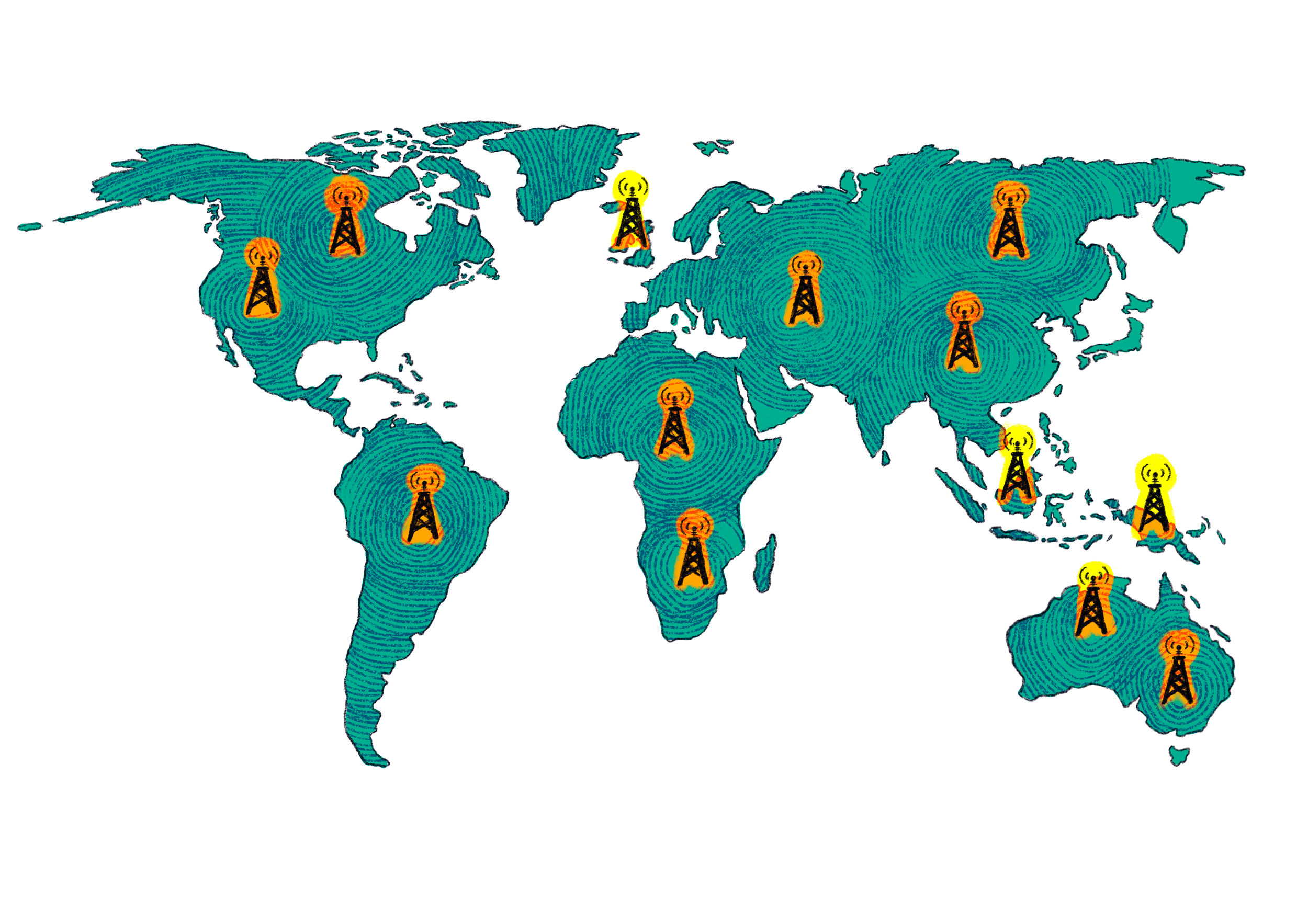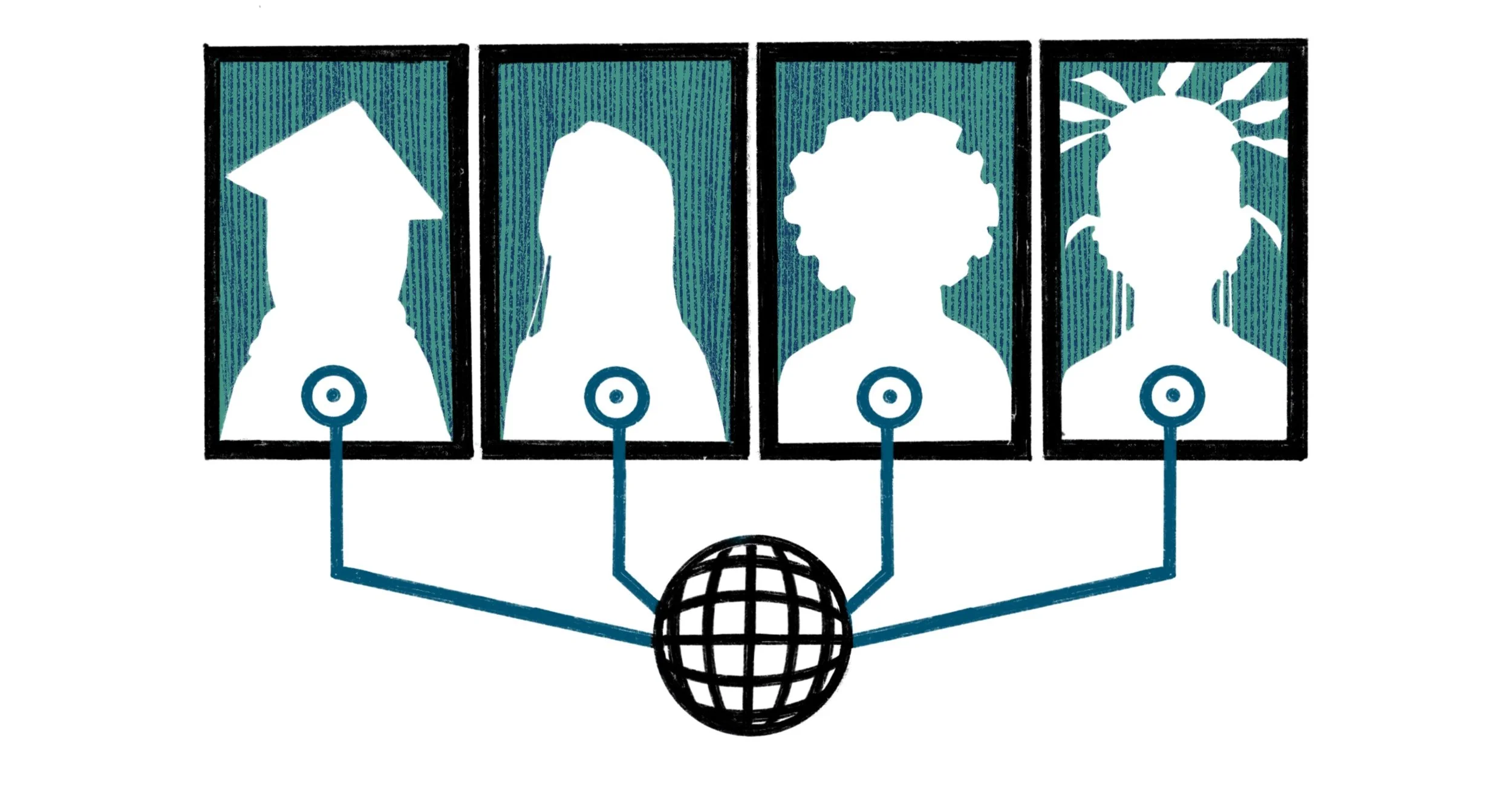Is Semi-Digital Data Justice Possible?
Sandeep Mertia
In 2016, a bureaucrat who I met during field work in western India said that the main technology in the government is “semi-digital.” His office managed seventeen Management Information Systems (MIS). Developed by different technology vendors, these systems have not replaced the trail of paper files.
In practice, these are ‘semi-digital’ assemblages of material forms, which have emerged through the execution of different e-governance programs with different technology vendors and designs. As part of the government’s flagship Digital Indiaprogram, his district administration had partnered with a New Delhi based data analytics start-up to integrate existing infrastructure with a new ‘intelligent’ platform. The start-up’s solution includes household level GPS mapping, natural language querying, dashboards for mobile phones, and other features.
This proposal is part of similar projects, which seek to redesign the structure of information flows between the national and local governments. Emergence of such data analytics projects in India’s booming start-up and technology economy is initiating new ways of computing and representing the ‘social’, while still pressing against and collaborating with older paper systems.
The questions concerning data justice, whether of cognitive justice in data-driven knowledge or those of governance and sovereignty, are now broadly tied with debates on digital infrastructures. Data-driven knowledge production and the future of governance are both increasingly imagined as progressively or otherwise tied with planetary-scale computing and information flows. Still, nearly half of the world’s population does not have regular access to internet.
The material experiences of data collection, cleaning, processing, storage, and analytics across diverse analog and digital systems suggest that there are wide geo-political and epistemological gaps between the ‘field’, the ‘database,’ and the ‘cloud’. In much of the world, infrastructures are visible not just because of breakdowns or lack of seamlessness but also due to many culturally situated knowledge practices, and differences in sensorial and affective affordances of design and use conditions.
As an emerging public of entrepreneurs and policy makers narrativize grand stories about collective digital futures driven by data, particularly for “leapfrogging” development in the global South, it is important to ethnographically examine the material conditions of promissory digital infrastructures.
Instead of leading to a linear progression of digital development, the absence of end-to-end connectivity alongside the proliferation of cutting-edge digital technologies open a wide range of possibilities for fragmented infrastructures to multiply. The co-presence of cutting-edge technologies and fragmented infrastructures is a sociotechnical condition of everyday life in much of the world.
How do we conceptualize data justice in conditions where the material status of the widely theorized digital data object is re-assembled in everyday practices of layering and unbundling different infrastructures? How do we transform the Big Tech centered public and academic discourse on data to deepen our engagement with the multiplying interfaces of semi-digital infrastructures, governance, and citizens / users in most of the world?



